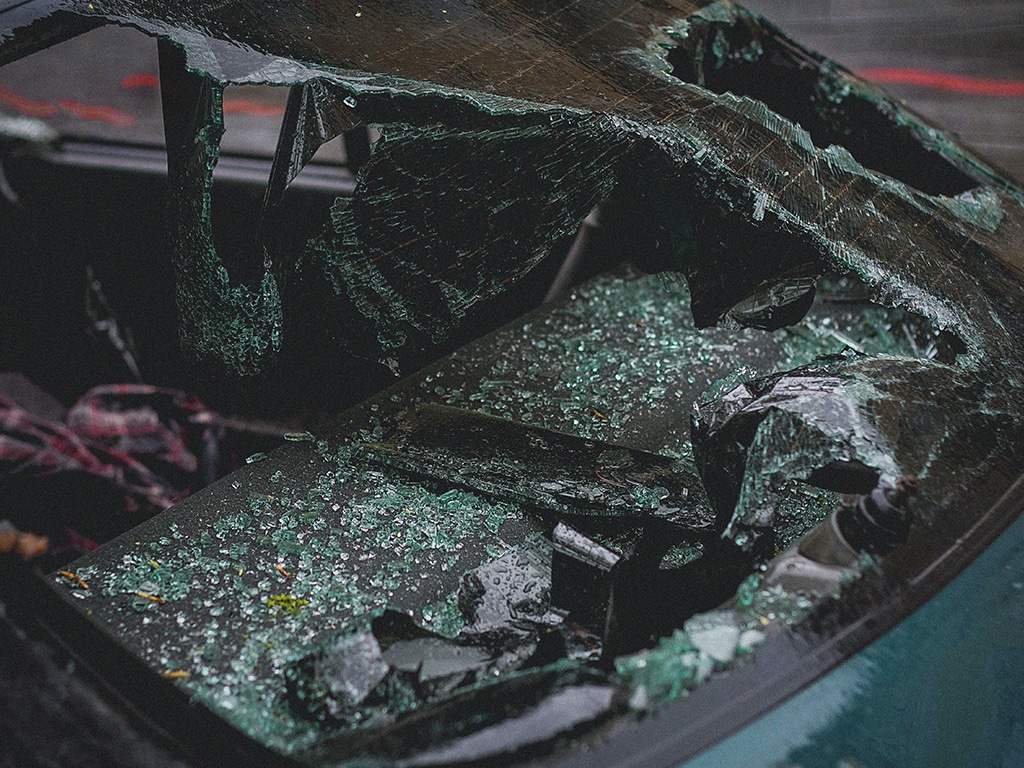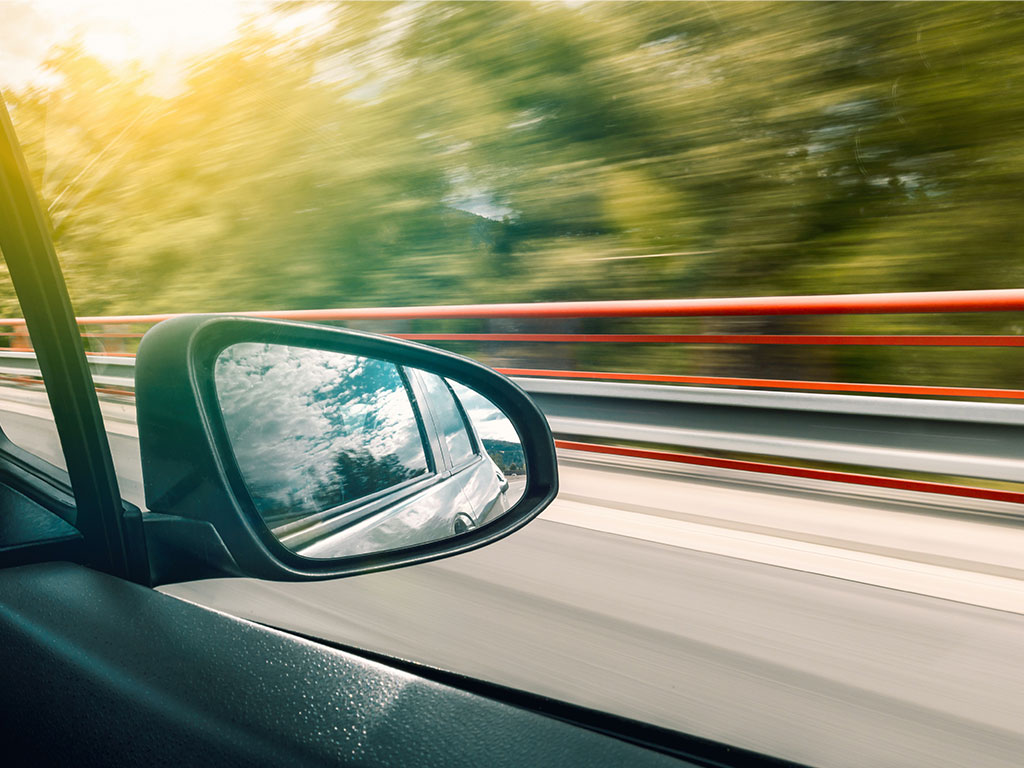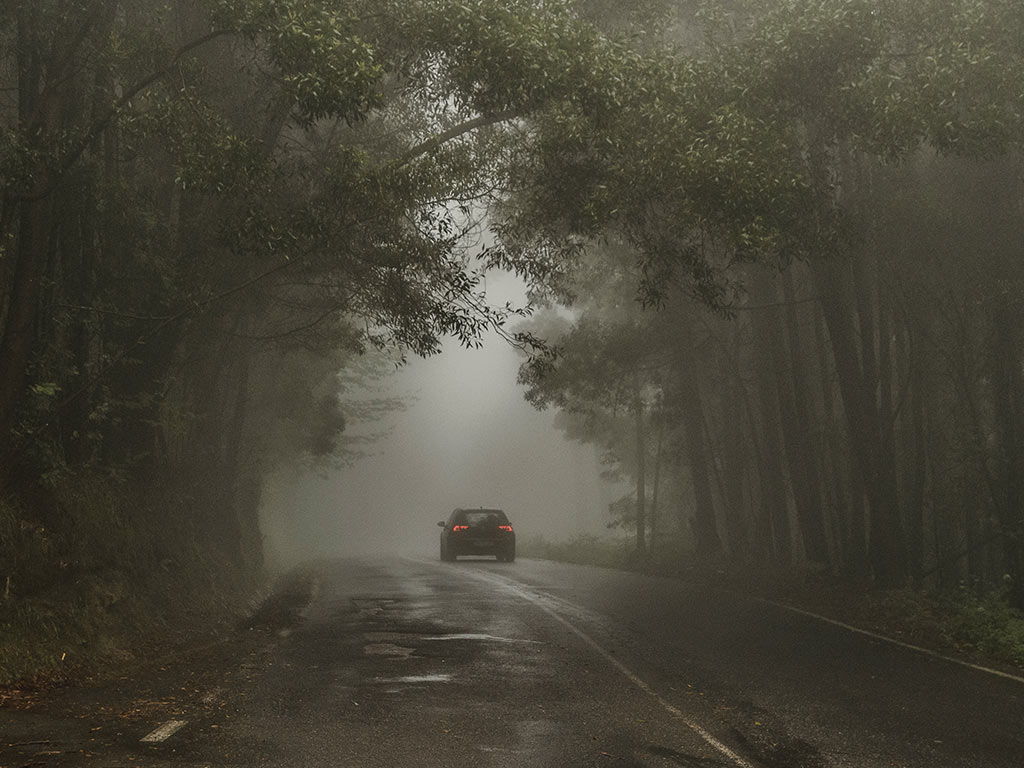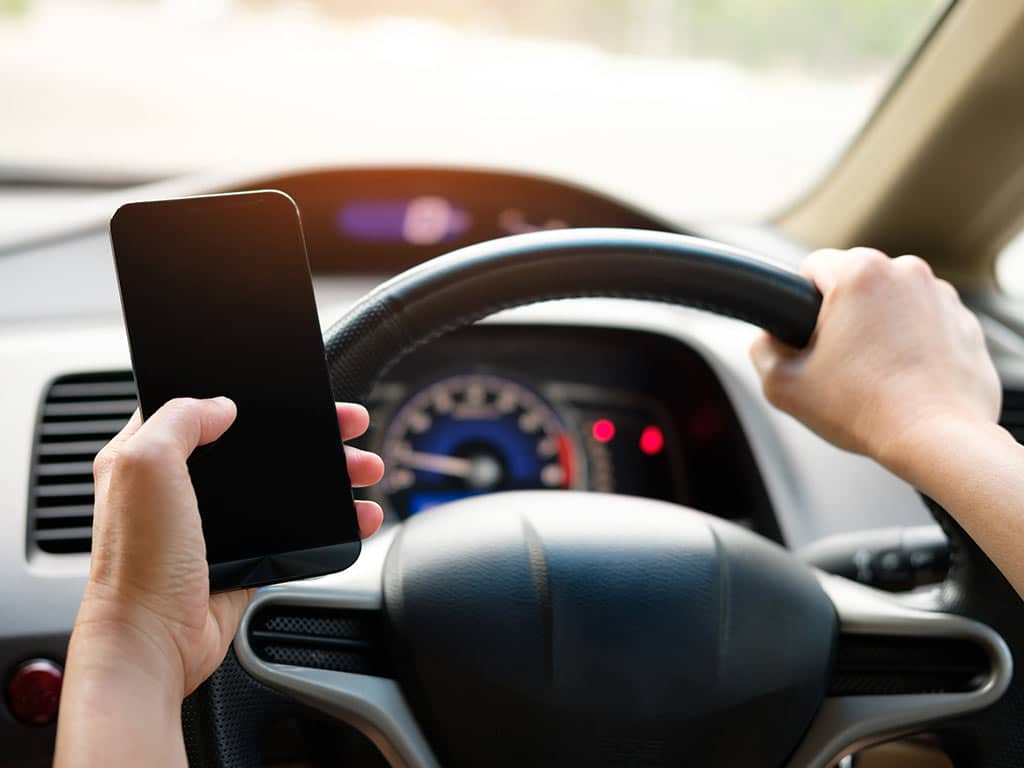Ford Global Technologies is patenting a robot for use inside a vehicle, equipped with tools to help passengers survive and escape a car crash.
Road traffic crashes cause about 1.3 million deaths each year, according to WHO, which cites inadequate post-crash care as a major risk factor. The agency’s booklet on the topic stresses the importance of urgent medical assistance for crash victims. This also extends to psychological help. In Australia, data shows that survivors with depression symptoms due to a crash are 3.5 times less likely to return to work, hampering their financial capabilities long after an accident.
Workers in emergency medical services are typically told that patients have better chances of surviving out-of-hospital traumatic injury if they receive definitive care within 60 minutes of the accident—the Golden Hour. Unfortunately, such a window does not apply to all people involved in road crashes. The Golden Hour is a logically sound concept that has been in EMS circles since the 1960s, but it has been proven to be a misleading goal when looking to save lives. There is also the more urgent EMS benchmark of the Platinum Ten Minutes, but can car crash victims receive help even sooner? Ford claims rescue efforts can begin mere moments after disaster strikes, and it will be a robot doing the saving.
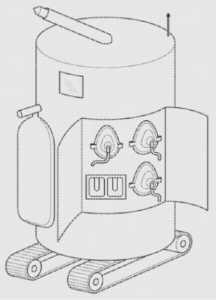
Fig. 1. A perspective view of a robotic apparatus as described in Ford’s patent application.
The Michigan automaker’s patent application describes a robot that moves and acts independently of a vehicle. The machine is expected to operate inside the passenger cabin. It is equipped with a thermometer, smoke detector, microphone, cameras, gyroscopes, and GPS, among other sensors. These devices enable the robot to predict and detect an “anomalous event,” like a crash. It may also warn passengers of imminent danger via blinking lights, a siren, or other visual/auditory messages.
FEMA estimates 171,500 highway vehicle fires occurred in the U.S. annually from 2014 to 2016. Of the average 345 fatal vehicle fires each year, 60% were the result of a collision. People may count themselves lucky enough to survive the impact of a crash, but mechanical failures and the presence of combustible liquids can lead to another life-threatening situation. Ford says its robot would feature a fire extinguisher that deploys when the thermometer, cameras, and object-recognition algorithms detect a blaze. The device may use any suitable expellant like compressed nitrogen or carbon dioxide, or any suitable fire fighting agent like dry or wet chemicals.
The robot’s smoke detector facilitates an equally expeditious response to smoke. After all, the inhalation of toxic fumes is the leading cause of fire deaths, not burns. Smoke can also severely diminish a person’s ability to escape a wreck. Besides eliminating visibility, smoke leads to reduced oxygen, impairing one’s judgment if not rendering them unconscious. Ford’s patent application says a robot may carry a number of oxygen masks behind an automatic door. An installed defibrillator may also enable the resuscitation of passengers who are not breathing normally or unresponsive.
Another, more straightforward way to boost car crash victims’ chances of survival is to establish distance between them and the accident. Outside the most severe traffic collisions, which may require hydraulic rescue tools like the Jaws of Life, car windows serve as the most viable escape option when the doors are inoperable. Vehicles may use either laminated or tempered glass, both designed to shatter into tiny harmless pieces instead of sharp shards. But a lack of tools and know-how, combined with the panic induced by a road collision, may prevent people from breaking their car’s safe-to-break glass.
Hence, Ford’s robot would come with a striker that can break tempered glass. An actuator may utilize a compressed gas chamber to launch the striker at a sufficiently high speed out of a tube. Cameras and object-recognition algorithms are to be configured for locating possible exit points.
The machine is expected to move around the passenger cabin via a locomotion component. The filing states this may include at least one of wheels, tracks, or legs. This feature allows the robot to carry out its functions following a crash and get out of the way of passengers at all other times.
![Fig. 2. An example vehicle with the passenger cabin exposed. The robot [30] can be positioned so that it is out of the way of the occupants unless needed.](https://parolaanalytics.com/wp-content/uploads/2021/08/Fig.-2.-An-example-vehicle-with-the-passenger-cabin-exposed.-The-robot-30-can-be-positioned-so-that-it-is-out-of-the-way-of-the-occupants-unless-needed-300x146.jpg)
Fig. 2. An example vehicle with the passenger cabin exposed. The robot [30] can be positioned so that it is out of the way of the occupants unless needed.
While Ford does not mention autonomous vehicles in its USPTO filing, driverless cars may offer the most space for the apparatus it designed. Cars of the future are expected to function as “living rooms on wheels,” forgoing the driver’s seat and equipment for more accommodating seating arrangements and other amenities. The technology proposed by Ford may end up as a common fixture in next-generation vehicles: ready to save people immediately after a crash.
The featured patent application, “Robotic Apparatus For Vehicle Occupant Protection”, was filed with the USPTO on January 23, 2020 and published thereafter on July 29, 2021. The listed applicant is Ford Global Technologies, LLC. The listed inventors are Sari Kassar, Tony Tae-Jin Pak, Sarra Awad Yako, and Mark Douglas Malone.
